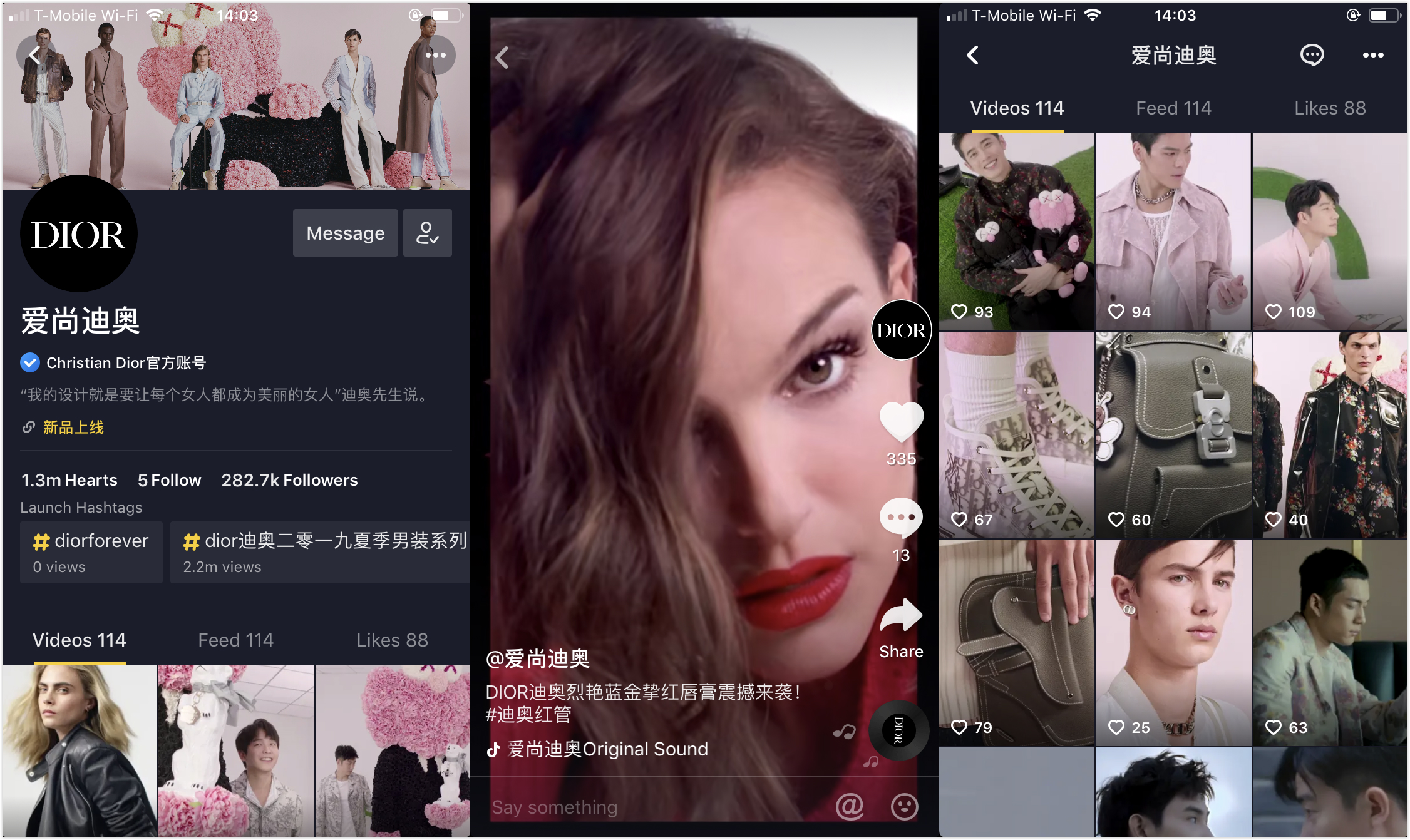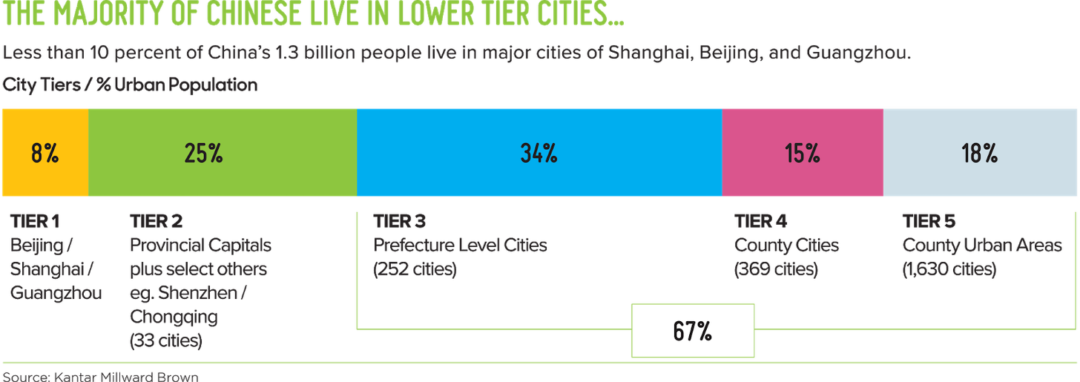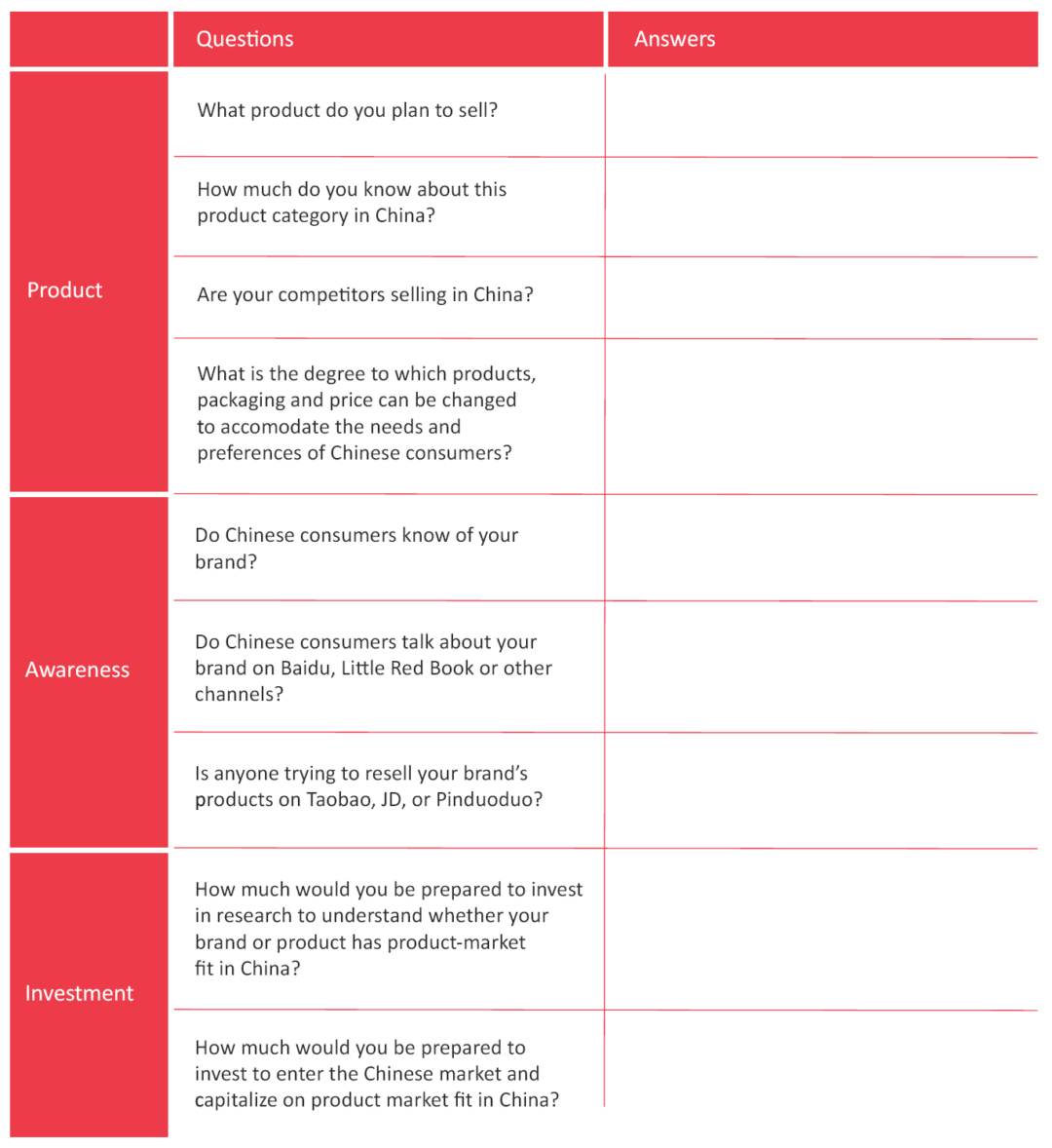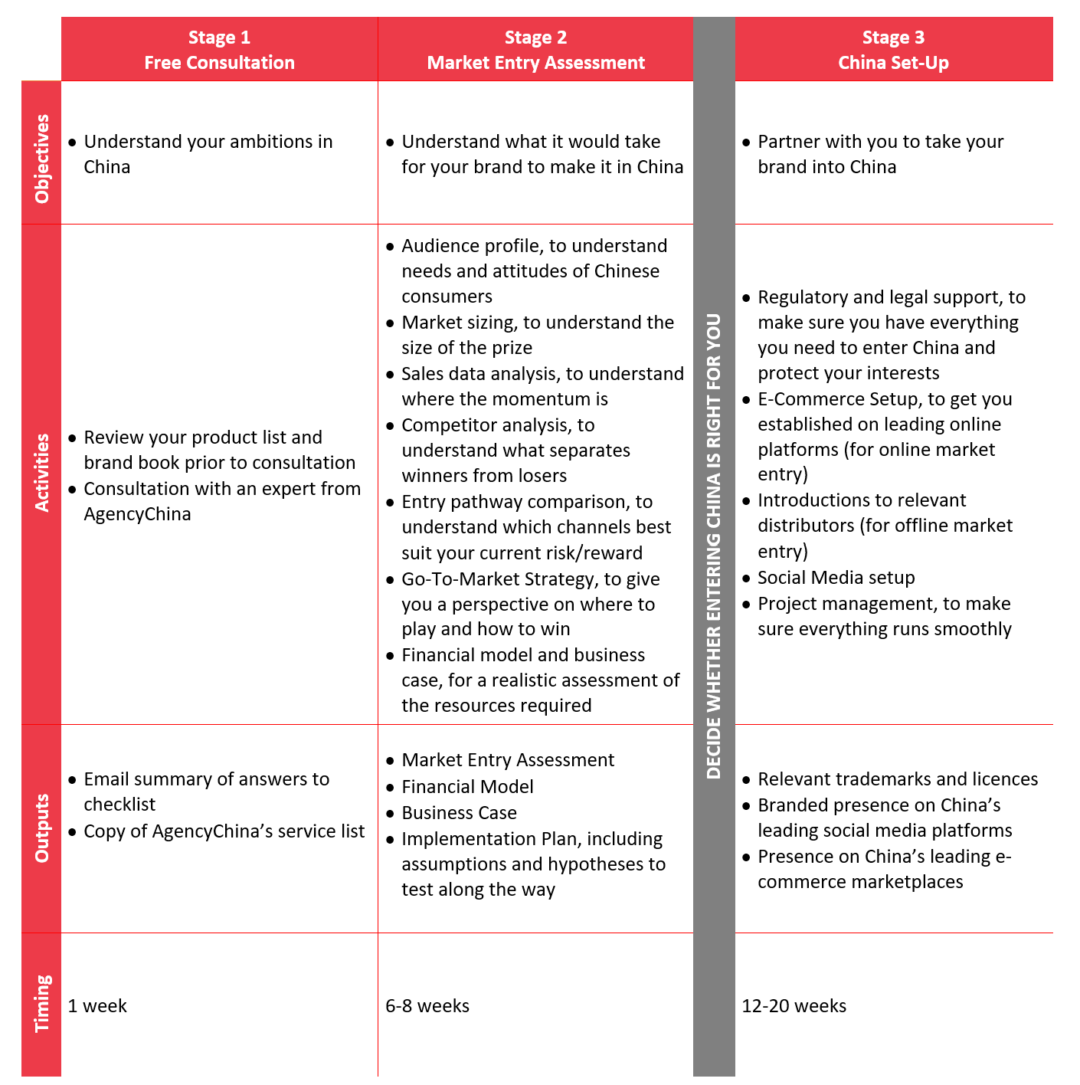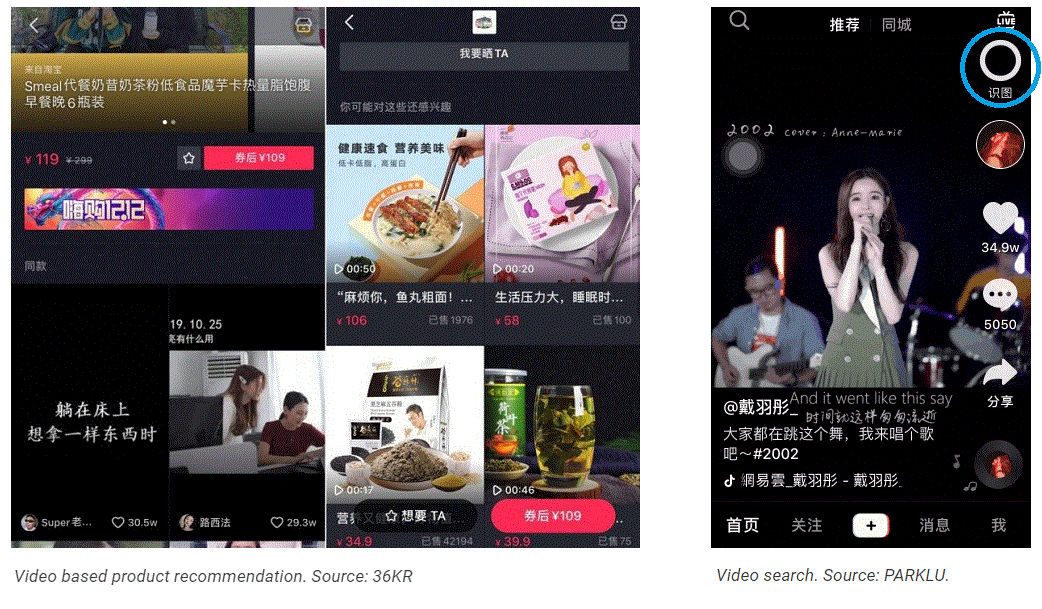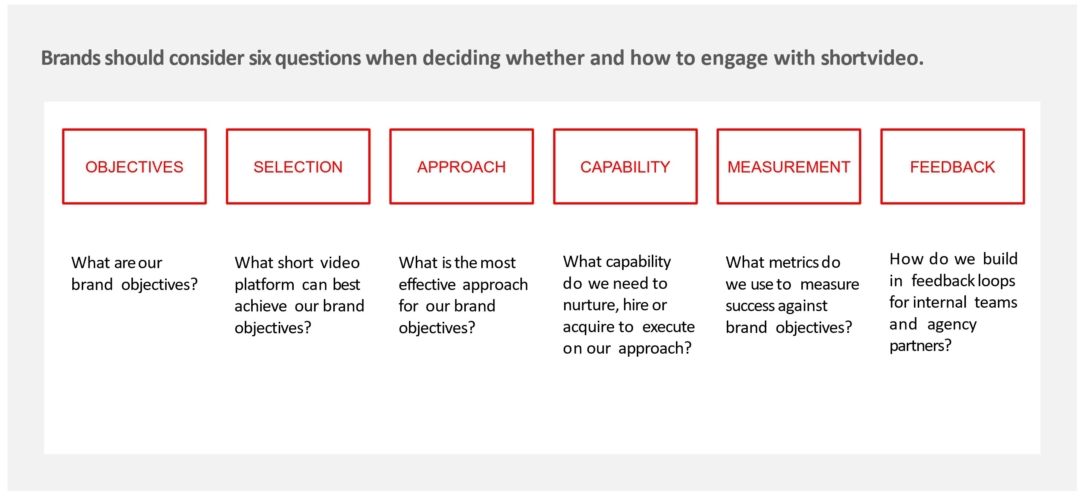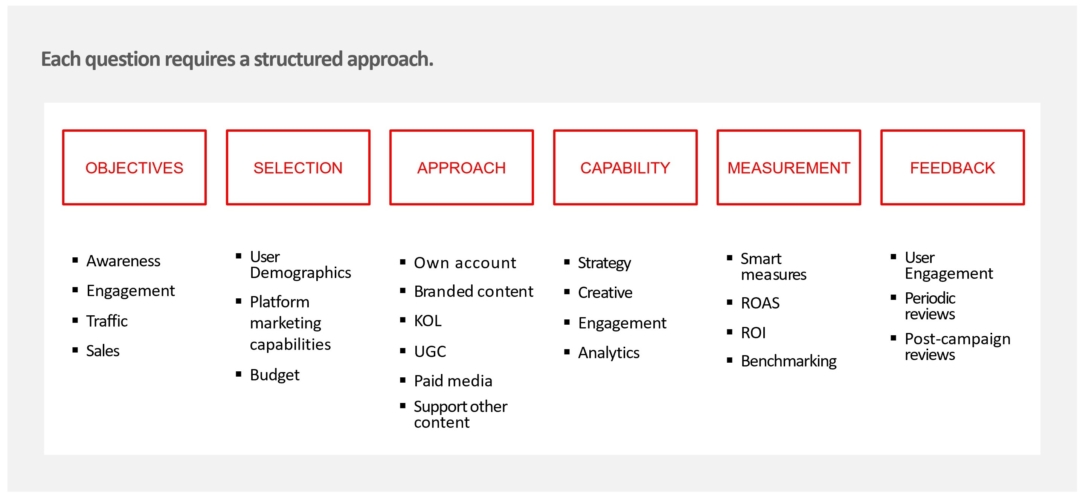China’s popular short video apps, Douyin and Kuaishou, are significant marketing channels and are rapidly gaining scale as e-commerce players. Brands are not only directing their content marketing budgets towards these apps, but also using them to create multi-million-dollar sales channels. For instance, L’Oréal Group recently became the first major international brand to open a Douyin flagship store, which it’s reported raked in more than CNY 22 million (USD $3.42 million) in Gross Merchandising Volume (GMV) between April 30 and May 6.
Against that backdrop, here are the three things you need to know about e-commerce on Douyin.
If you haven’t seen China’s see-now, shop-now livestream e-commerce format, check out this video before reading on.
Douyin e-Commerce Isn’t The Biggest Player in Town
While there might be plenty of media talk of Douyin’s e-commerce ambitions, Douyin is still a small player in China’s e-commerce scene. By GMV, last year Douyin transacted around $28 billion. Douyin’s rival, Kuaishou, transacted $56 billion in the same period. These figures pale in comparison to established e-commerce players, such as Alibaba ($1.2 trillion of GMV in 2020), JD ($398 billion of GMV in 2020) and Pinduoduo ($255 billion of GMV in 2020).
However, Douyin’s potential as an e-commerce player lies in its current scale. Douyin is reported to have 600 million Daily Active Users. That places it as one of China’s largest apps. Further, Douyin’s parent company, Bytedance, has ambitions to triple e-commerce GMV this year. As such, excitement around Douyin’s burgeoning e-commerce business comes from its future potential, rather than its current scale.
Douyin e-Commerce Isn’t Just Livestream e-Commerce
Douyin e-commerce started as livestreaming e-commerce. However, it would be a misconception to think that all Douyin e-commerce is livestream e-commerce. In March, Douyin expanded its e-commerce services with the launch of flagship stores for brand accounts. That takes Douyin a step closer to a mobile e-commerce marketplace. Other e-commerce marketplaces started from product listing and moved to recommendation feeds, flash sales, livestream e-commerce and other formats. Douyin, however, has evolved the other way.
Douyin anticipates flagship stores will increase brand exposure. A spokesperson for Douyin predicts the ratio of product views to total page views from the account’s homepage should jump from 17 percent to 80 percent, and click-through rates will also rise.

Whatever Direction Douyin e-Commerce Goes In, TikTok Will Go Next
Bytedance is the parent company of Douyin and TikTok. In both apps development, a good rule of thumb is that whatever happens on Douyin, TikTok will follow soon thereafter. Take livestream e-commerce as an example. This was Douyin’s foothold in e-commerce. Now, TikTok is doing the same in select markets, like Indonesia. Like Douyin, TikTok has very clear e-commerce ambitions. Per this article, TikTok has briefed advertisers on three new eCommerce integrations coming soon to the app:
- A tool that lets its most popular users share links to products and automatically earn commission on any sales
- The ability for brands to showcase catalogs of their products on the platform
- “Livestreamed” shopping, a mobile phone version of television shopping channels, where users can buy goods with a few taps after seeing them showcased by TikTok stars
Sound familiar? That’s right, this is a carbon copy of Douyin’s e-commerce playbook. Accordingly, if you’re in China and have operations overseas, you can give your overseas colleagues a big head-start by sharing knowledge of local practices. Alternatively, you get in touch with one of our experts to give you a download on what’s happening in China e-commerce.

